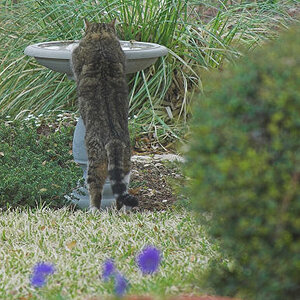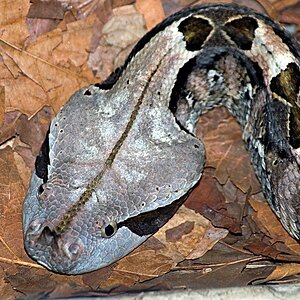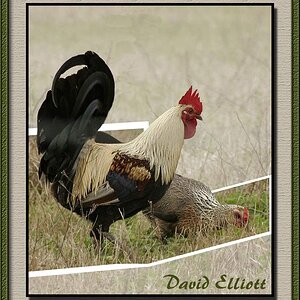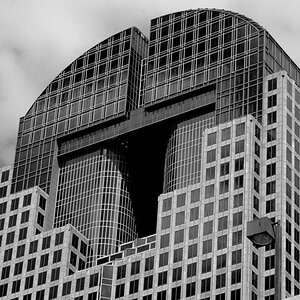Watson2810
TPF Noob!
- Joined
- Sep 28, 2016
- Messages
- 4
- Reaction score
- 0
- Can others edit my Photos
- Photos OK to edit
Hi guys
Was trying to have a play around with my nikon p900 today whilst out on my motorbike. (Not whilst riding)
Wanted to have the bike as the subject with blurred back ground and couldn't seem to get the desired effect. But when I zoomed in on the wheel for example the background would be blurred. I used appeture priority mode and manual for this and dropped it to f 2.8.
I also was attempting shots whilst a friend was riding passed to get the blurred back ground but the desired look of fast movement but still failed. With this I used shutter speed at 1/1000 and appeture of f2.8 as it was the lowest but still everything was in focus. I no its a little dark and needed to up the iso on the moving image
Be great for some advice . Cheers guy
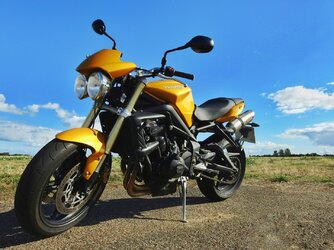
Was trying to have a play around with my nikon p900 today whilst out on my motorbike. (Not whilst riding)
Wanted to have the bike as the subject with blurred back ground and couldn't seem to get the desired effect. But when I zoomed in on the wheel for example the background would be blurred. I used appeture priority mode and manual for this and dropped it to f 2.8.
I also was attempting shots whilst a friend was riding passed to get the blurred back ground but the desired look of fast movement but still failed. With this I used shutter speed at 1/1000 and appeture of f2.8 as it was the lowest but still everything was in focus. I no its a little dark and needed to up the iso on the moving image
Be great for some advice . Cheers guy




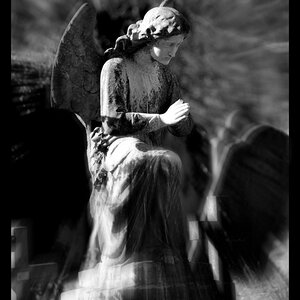

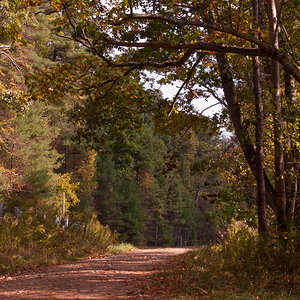


![[No title]](/data/xfmg/thumbnail/33/33846-dc3d508d5436a047770e1d5c2cbdd593.jpg?1619736165)

